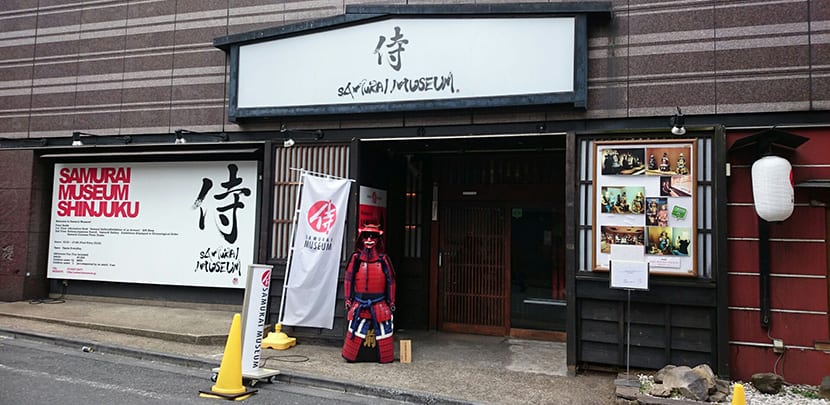
Why is it that when we travel we visit museums and don't we do it when we're at home? Not all, it is true, but many people dedicate themselves to visiting museums which they possess when they are traveling and those of their own city or country are unknown to them. Traveling truth.
I am not a museum bug myself and I have passed through major cities without falling into them simply "because you have to know it." If you don't have something that interests me, forget I'm going to waste time inside. With few exceptions, I prefer to spend my time on something that I do like. But on my fourth trip to Tokyo next year I have museums, I can no longer avoid them, so I put the batteries, I did my research and here are my best museums in Tokyo:
Samurai Museum
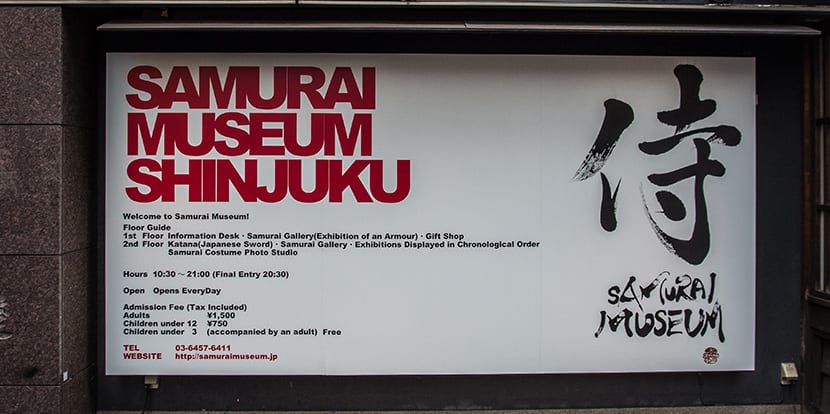
Of Figure samurai It is a Japanese classic and if you are interested, beyond how the cinema shows it, then this museum is worth it. It is my case that I am already getting in tune reading manga from the classic Japanese period. The samurai were there for seven centuries, until the end of the shogunate, in the Edo Period, with the arrival of the Americans and Europeans to trade.
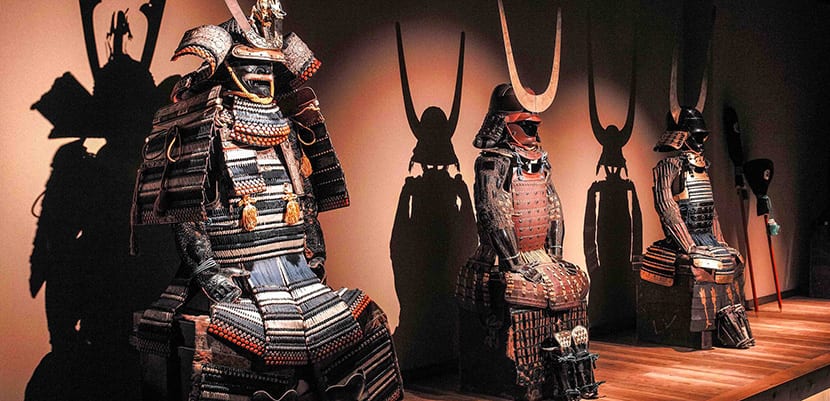
There were many famous samurai warriors in Japanese history, true masters of the sword, so here you will know the whole story. The museum has two floors with exhibition halls. On the ground floor there is a souvenir shop and on the upper floor there is a armored hallyes, another with swords, one with helmets and one dedicated to the Kamakura Period. The great thing about the museum is that You can "dress up" as a samurai and take some pictures.
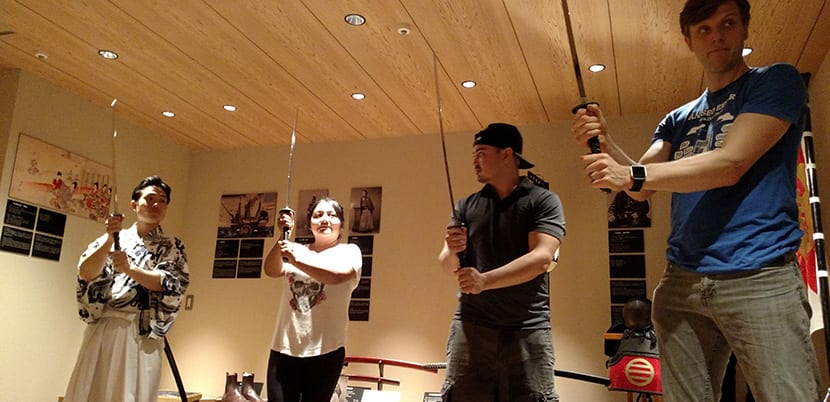
That is, you can put on your head a Kabuto (a helmet or Japanese helmet) and samurai clothes and even carry a katana. Certain days there are also sword duel displays. There is no extra charge for these two activities, are included with the ticket price.
There are also calligraphy lessons twice a week, although you must book, and a Japanese sword course that does have a separate fee of 5000 yen (about $ 50).
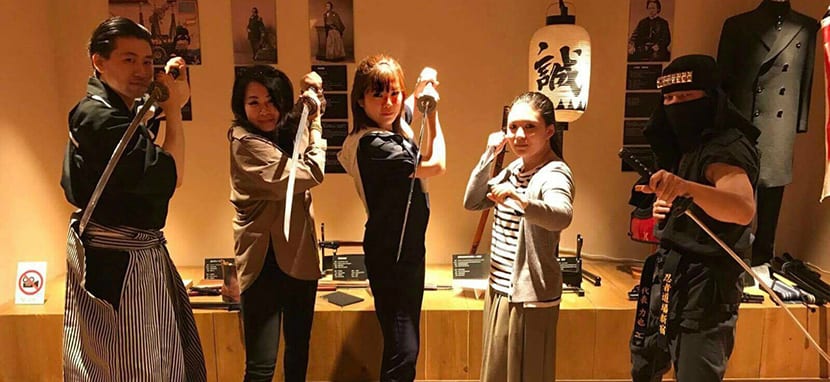
Reservations can be canceled but if you cancel it with just one day or less in advance, you will be charged between 50 and 100% of the rate. The museum is in Shinjuku just 8 minutes from the East exit of the JR station or 10 minutes from the subway station. It opens from 10:30 am to 9 pm and has a super comprehensive English website.
Sewer Museum
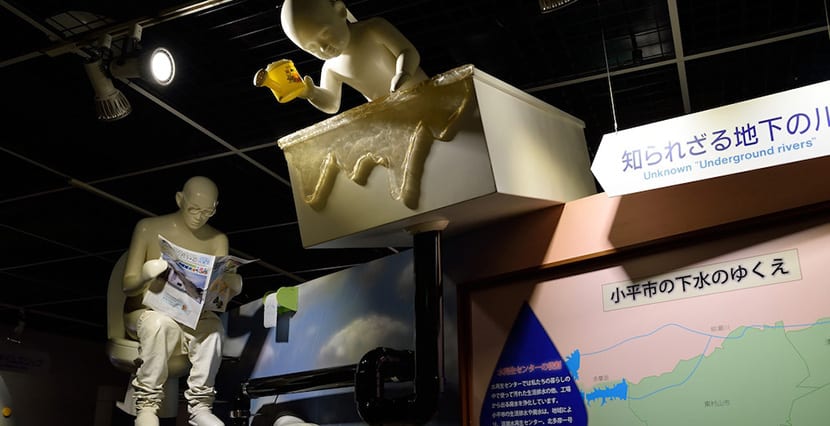
One of the things that caught my attention the first time I set foot in Japan was how beautiful the sewers were. They all had a drawing, a design, even colors. You cannot help but marvel at those details that in other cities of the world are so overlooked.
There are of all types, shapes and colors. Each city has its own so you can easily photograph them all and put together a great album. There are many tourists photographing the sewers and that can only happen here in Japan.
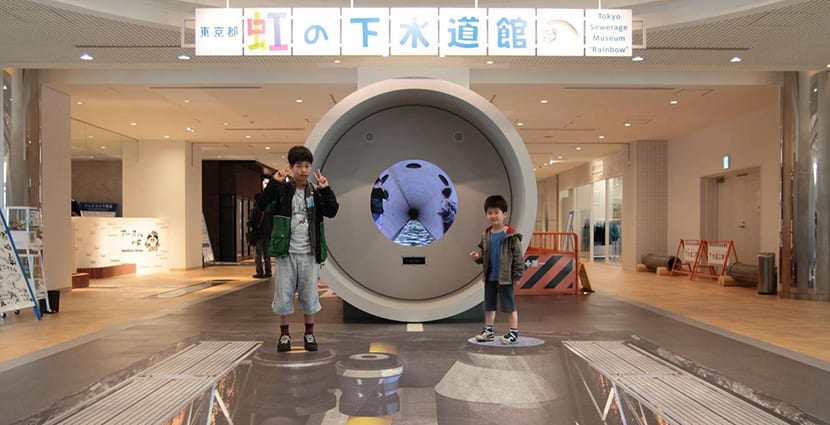
This museum, the Fureai Gesuidokan, is located west of Tokyo, and was founded when the goal was reached for the penetration of the sewer system to reach 100% coverage. It was in 1990. The vast system is hidden 25 meters deep and the museum reveals how it was built, what its diagram is, how it connects with the houses and more. Admission is free.
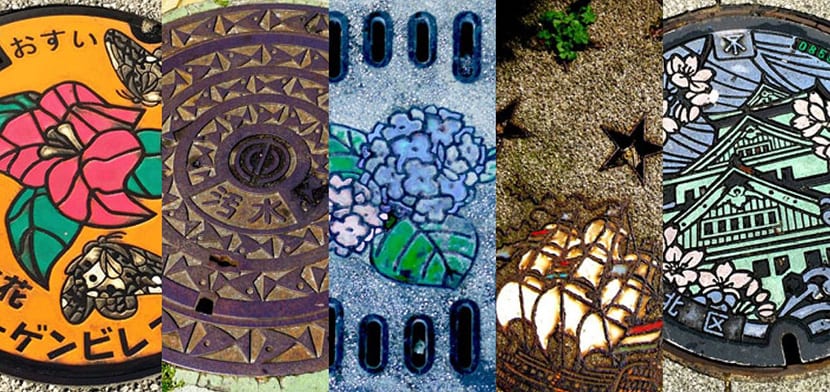
But it is not the only museum of its kind. In Odaiba there is another So if you go to this man-made island in Tokyo Bay (you might be interested in the photo next to the life-size Gundam), you can visit it. Its about Rainbow Sewer Museum. You will be able to see how the system works, the pumps, the drains, the central control room, the water analysis laboratory.
You find it very close to the Yurikamone Odaiba-kaihinkoen station. As a bonus the views of the Tokyo Skytree, the bay and even Mount Fuji in the distance.
Ochanomizu Origami Kaikan
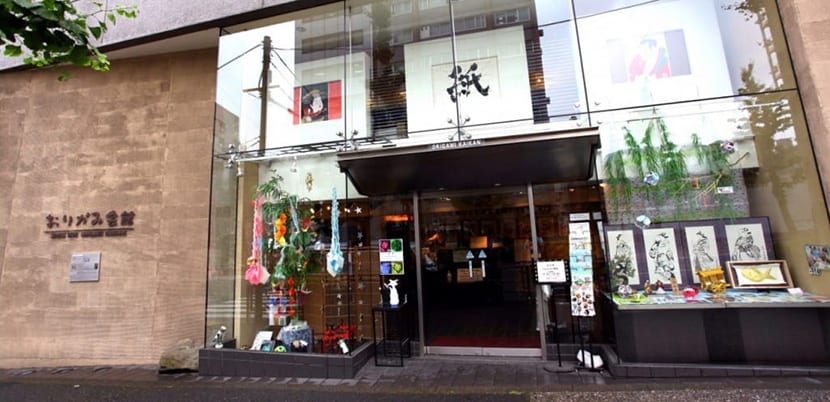
Like the origami, the art of artistic paper folding? So here is an original visit. It is an exhibition center with a shop and workshop included dedicated to origami. You will be able to see professionals of this art work with Japanese paper, washi, and even make your own creations, look down and attentive advice from themselves.
It is also a good place to learn the history of this art, its origins, the etiquette what's at stake, the traditional and modern techniques. The truth, a beautiful place, so traditionally Japanese that you will feel super relaxed.
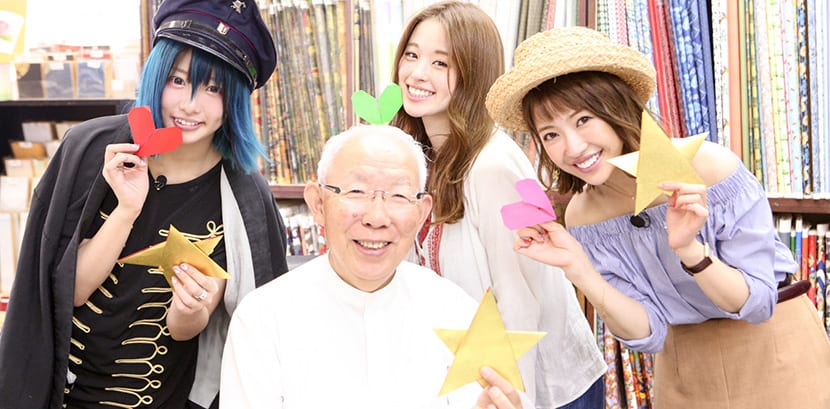
It is located at 1-7-14 Yushi ma, Bunkyo ku. You can get there by the Chuo or Sobu line, getting off at Ochanomizu station. Downtown is just a seven-minute walk from either station. It is also close, albeit 15 minutes, from the Marunouchi Line subway station. It opens from 9:30 am to 6 pm and closes in the winter and summer holidays and in the New Years period. There is no entrance fee.
Meiji University Criminal Material Department Museum
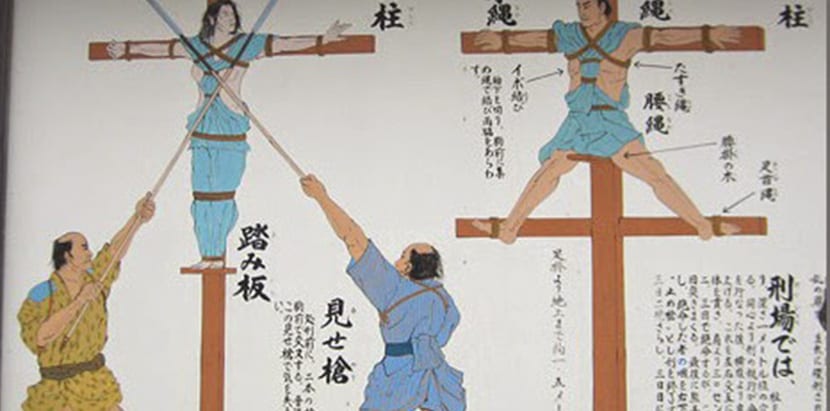
A long name, but since it is in the same area as the origami store-gallery I have added it to the list. Two birds with one stone. This type of museum is always interesting so it invites you to do a journey through the history of crime and forms of punishment in those days human rights did not exist. In Japan and in the world so here one of the most chilling objects is a French guillotine or the Iron Lady of Nuremberg.
This museum works in conjunction with two others, that of the Department of Archeology and that of the Department of Raw Materials of the same university. They are located at 1-1 Kanda-Surugadai, Chiyoda-ku. Tokyo You get off at Ochanomizu station, it opens from 10 am to 5 pm and Entrance is free and open.
Baseball Hall of Fame and Museum
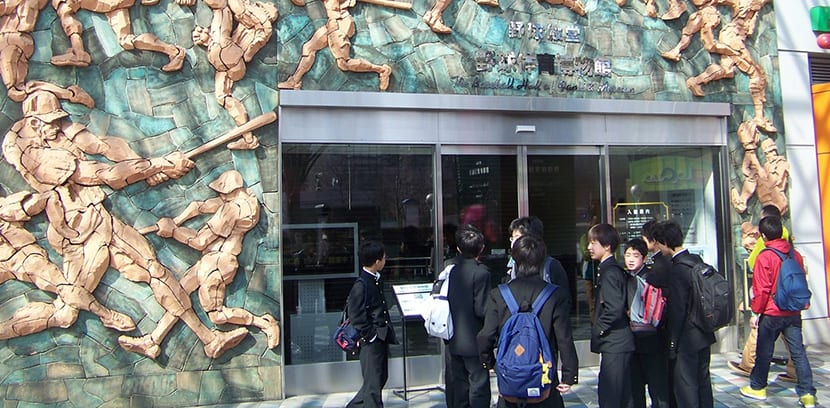
On my last trip, one of the national championships of baseball and people were fanatic. So much so that I ended up becoming a Hiroshima Carp fan so I dream of going to see them live.
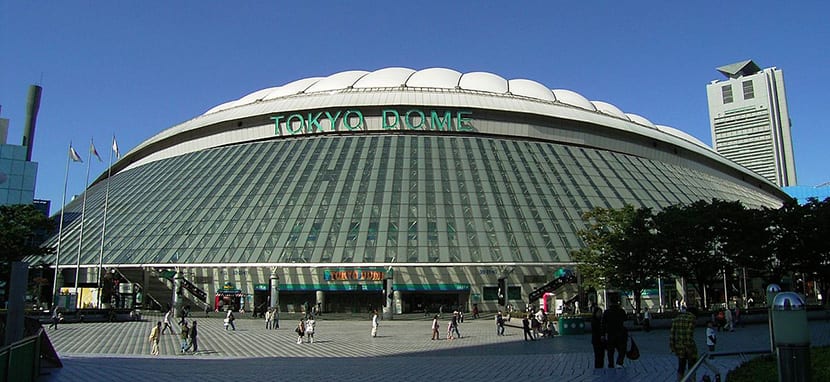
To know all the japanese baseball history You have to come here, to the Tokyo Dome. The museum was the first of its kind in the country and opened in 1959. It is next to the Korakuen stadium which is in turn the mecca of Japanese baseball and which ended up becoming in the 80s. Tokyo Dome. Today the museum is twice as large as it used to be.
Between March and September it opens from 10 am to 6 pm and between October and February from 10 am to 5 pm. Admission is 600 yen. You can not stop making a purchase in the Souvenirs Store. How do you get there? Well, by metro. You can use the JR Chuo Lines, the Toei Mita or the Toei Eh-edo, the Marunouchi or the Nanboku. You locate the museum near entrance 21 of the Tokyo Dome.